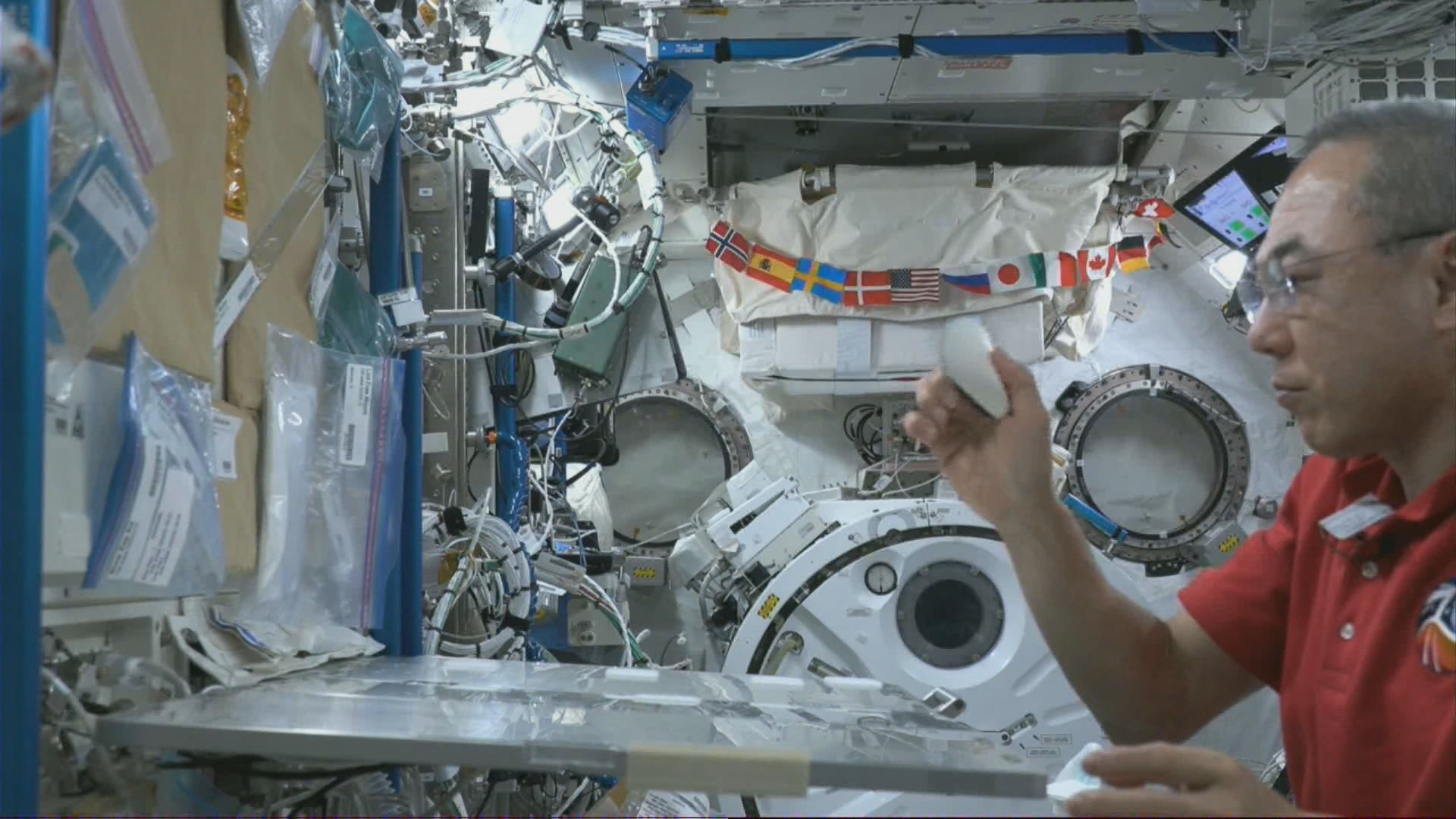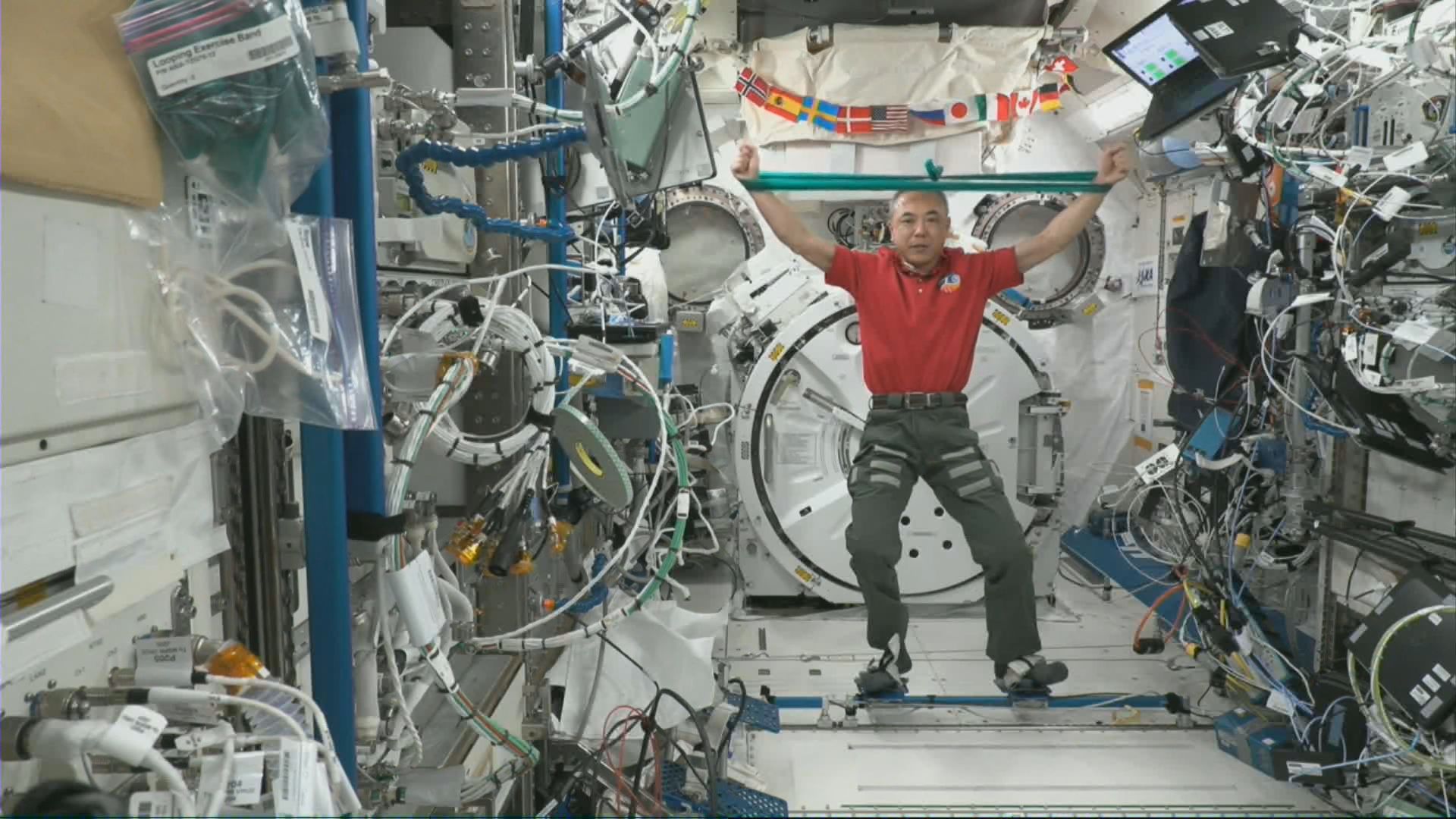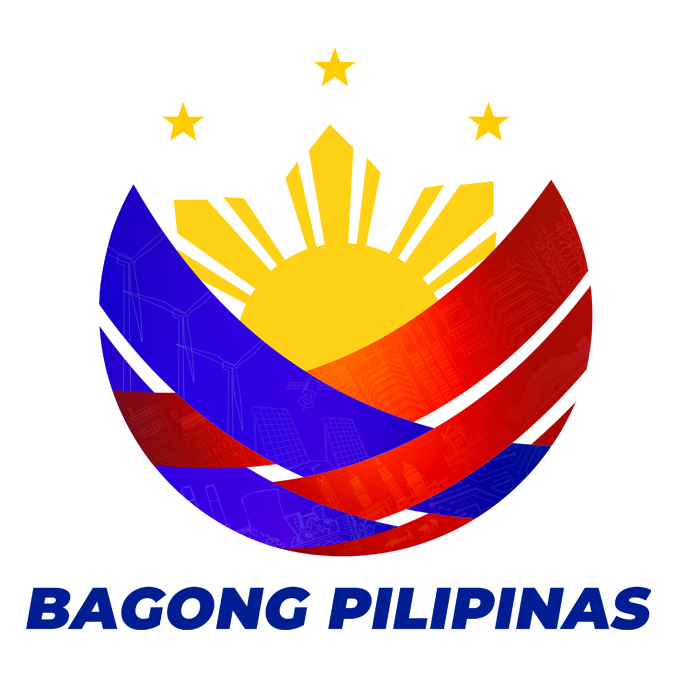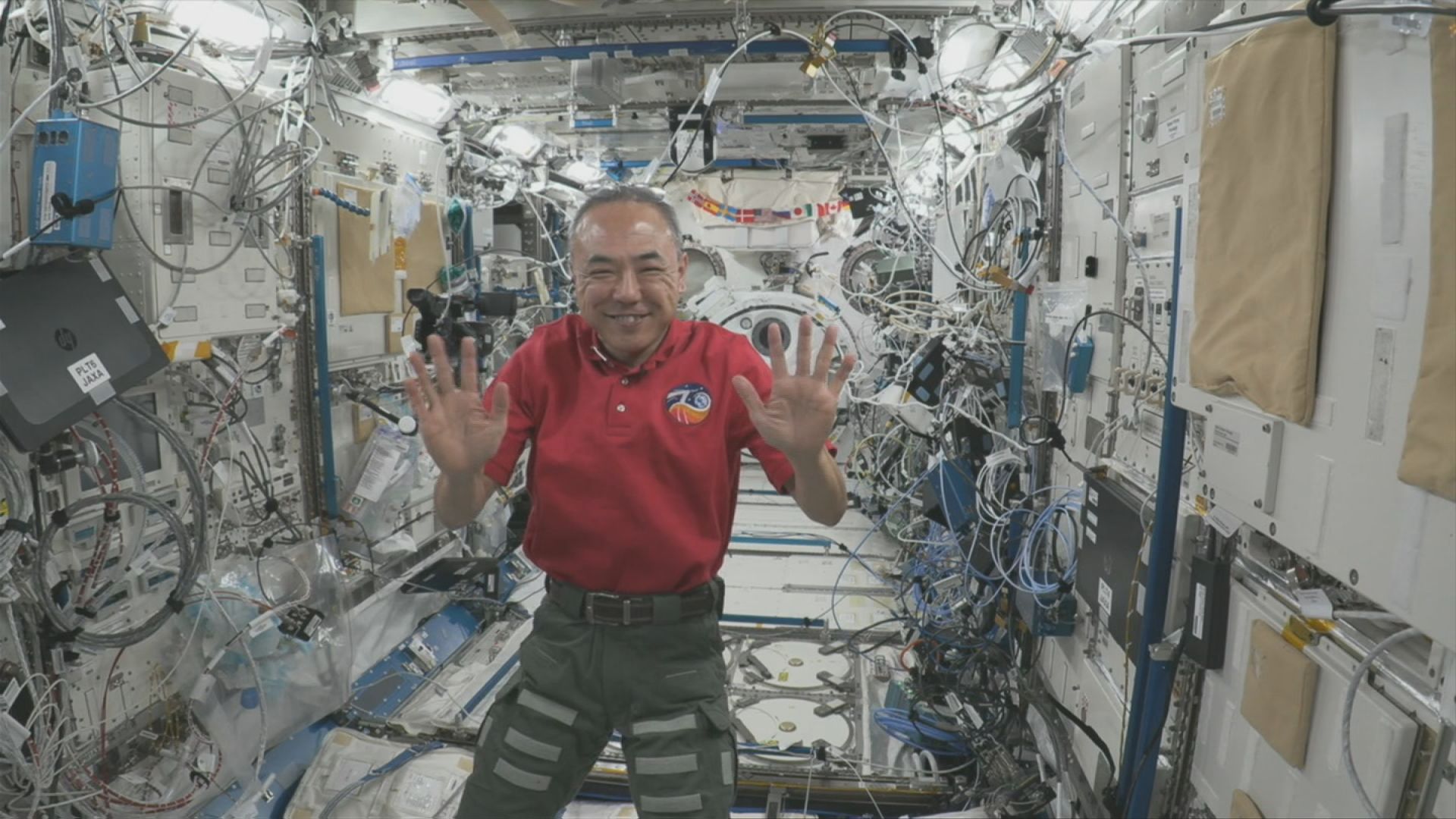Two Filipino-conceptualized proposals were performed on the International Space Station (ISS) by a Japanese astronaut last February 2024. The proposals, titled ‘Oloid’s Movement in Microgravity’ and ‘The Effectivity of Elastic Resistance Band Exercise when performed in Zero-Gravity’ were conducted by Japan Aerospace Exploration Agency (JAXA) astronaut Satoshi Furukawa in the Kibo module of the ISS as part of the 2023 Asian Try Zero-G (ATZG).
Astronaut Furukawa performed a total of 14 experiments submitted by individuals and teams in the Asia-Pacific region during the 2023 ATZG.
Oloid’s Movement in Microgravity
Paul Anton Mahinay, a student from the Rizal Technological University (RTU), proposed observing the movement of an oloid in space for his ATZG physics experiment. The oloid, a geometrically shaped object, is characterized by a lemniscate or a rhythmically pulsating figure-eight movement. Its center of gravity stays at a constant distance to produce smooth movements. However, due to the conditions of microgravity or zero gravity, the movement of the oloid is proposed to be affected.
To assess its movement in zero gravity, Astronaut Furukawa repeatedly conducted tests involving both throwing the oloid both with rotation and without rotation, observing its movements closely. The results of the experiment will be presented on the ATZG-2023 wrap-up session later within the year.

Astronaut Furukawa repeatedly throws the oloid in microgravity to test its movement. Photo courtesy of JAXA/NASA
The oloid was manufactured through the collaboration of PhilSA and Department of Science and Technology’s (DOST) Advanced Manufacturing Center (AMCen). A 3D printing technique called optical stereolithography (SLA) was used to fabricate the samples. A section of it was painted black with space–grade quality paint for tractability. The photo below is captured from the qualification inspection performed by PhilSA personnel before transporting for Japan Aerospace Exploration Agency review. The oloid was launched by SpaceX CSR-29 (SpX-29) to ISS on 10 November 2023.

Close up photo of the oloid manufactured by DOST AMCen.
Watch the full experiment below:
Effectivity of Elastic Resistance Band Exercise when performed in Zero-Gravity
The exercise involving elastic resistance bands aims to target the back muscles, calf muscles, and quadriceps of astronauts who are prone to atrophy due to microgravity conditions in space. To address this, Gabriel John Guila, Dianne Cristine Cabiedes, Sean Matthew Castaneda, Franz Joshua Corpuz, Jose Ernest Guila, Arniel Kurt Macalla, Lee Andrew Medina, Giorgione Parrera, and Ace Gabriel Pega, senior high school students from Bataan National High School, proposed the space exercise consisting of resistance band arm exercises and squats using a looped exercise band.

Astronaut Furukawa conducts resistance band arm workouts and squats to test the space exercise in microgravity. Photo courtesy of JAXA/NASA
Check out the full experiment below:
Mahinay and the team from Bataan National High School will present their analysis and results during the ATZG wrap-up session later within the year.
As part of its education and outreach initiatives, PhilSA spearheaded the local call for ATZG experiment proposals. Six (6) proposals were submitted as the official Philippine entries to the 2023 ATZG.
The competition gathered over 245 submissions from 570 participants from countries in the Asia-Pacific region, and 14 proposals were conducted.
About the Kibo-ABC program
The Kibo-ABC program or Asian Beneficial Collaboration through Kibo Utilization was established by the Space Frontier Working Group (SFWG) of the Asia-Pacific Regional Space Agency Forum (APRSAF) to promote the utilization and share the value of the Japanese Experiment Module “Kibo,” enhance the capacity of participating organizations, and foster collaborative projects between Japan and Kibo-ABC member countries.
ATZG is one of the activities of the Kibo-ABC program that aims to expand the use of the Kibo module on the ISS by conducting selected experiments from the Asia Pacific region. Through its Kibo-ABC member organizations, JAXA invited the youth to participate in this activity.




